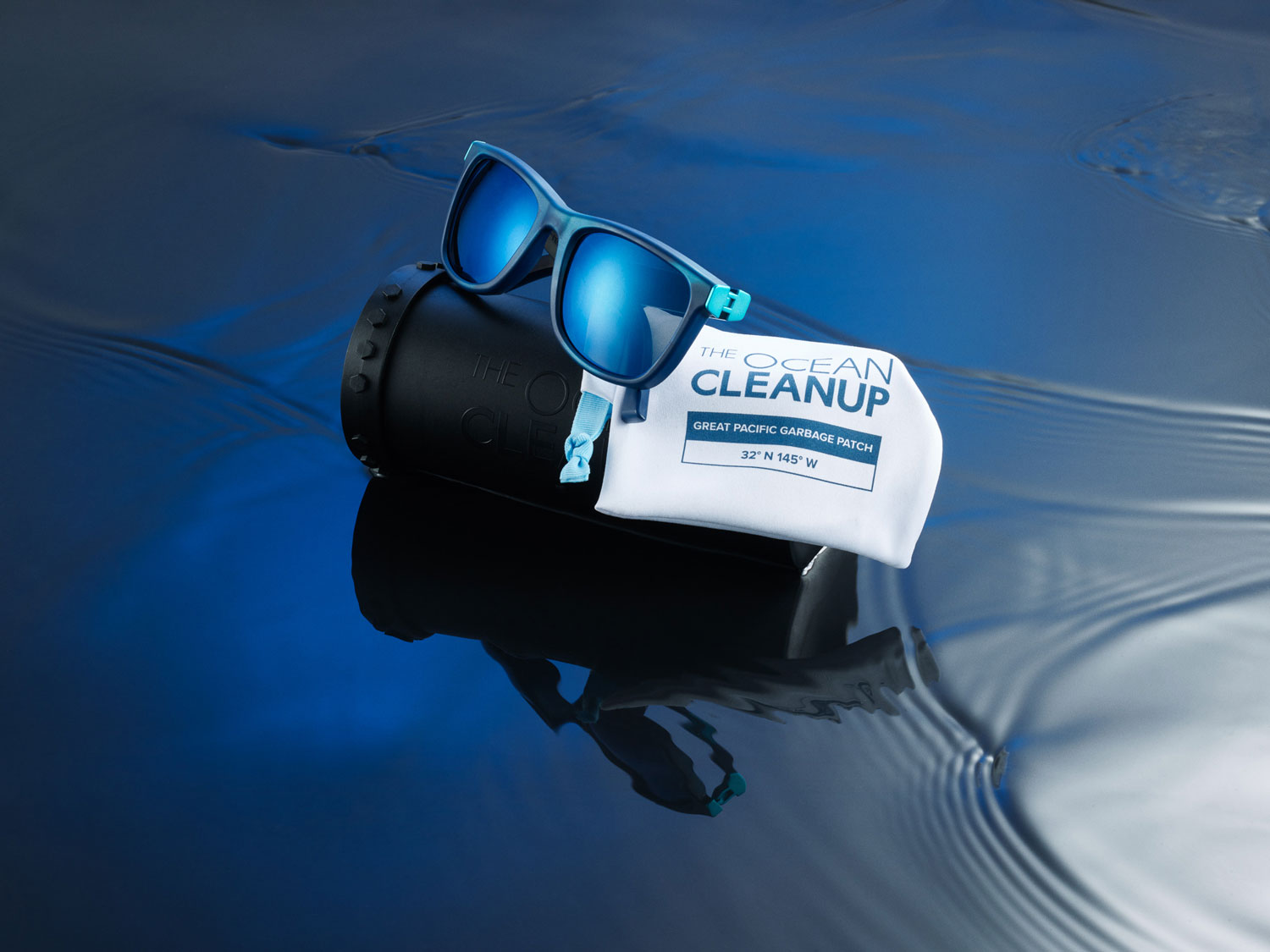I think I mentioned in past blog posts that I’m (slightly) addicted to shopping but nowadays I am also trying to be more proactive in minimizing wastes hence my preference for buying thrift items and products made from recycled materials.
This recently launched Ocean Cleanup sunglasses, however, is in my holiday wish list. I’ve been following the Ocean Cleanup project for quite some time now (thanks to the project’s PR person Joost Dubois) and it is exciting how this project has progressed with their aim of cleaning up 90% of ocean plastic pollution by 2050. Doing this is a massive undertaking and active clean-up methods would be too energy-intensive that is why the project uses a passive design where the system consists of a long floater that sits at the surface of the water and skirt that hangs beneath it. The floater provides buoyancy to the entire system, while the skirt prevents debris from escaping underneath and leads it into the retention system, or cod end. A cork line above the skirt prevents overtopping and keeps the skirt afloat.
Both the plastic and system are being carried by the wind, waves, and current. However, to catch plastics there needs to be a difference in speed between the system and the plastics. Using a sea anchor to slow down the system, plastic can be retained and captured. The project’s floating systems are designed to capture plastics ranging from small pieces just millimetres in size, up to large debris, including massive discarded fishing nets (ghost nets), which can be tens of meters wide. Models show that a full-scale cleanup system roll-out could clean 50% of the Great Pacific Garbage Patch in just five years.
The Ocean Cleanup team caught its first plastic in the Great Pacific Garbage Patch in 2019, during the System 001/B campaign. To close the loop, the project now transformed this first catch into a beautiful, useful product made with certified plastic from the Great Pacific Garbage Patch – with 100% of the proceeds going to the continuation of the cleanup. The team estimated that the proceeds of just one pair of sunglasses can clean an area equivalent to 24 football fields of the Great Pacific Garbage Patch. Every step of the journey – from pollution to product – is tracked and audited by DNV GL to certify that the plastic is truly from the patch.
Another cool thing about the sunglasses is that each pair features a unique QR code, allowing one to explore (and share with friends) the origin story of the plastic used to make the sunglasses. By linking them with the QR code, one enables the lost & found feature that lets Ocean Cleanup connect to the person who finds the sunglasses.
The sunglasses are designed in California by Yves Béhar and made in Italy by Safilo.




